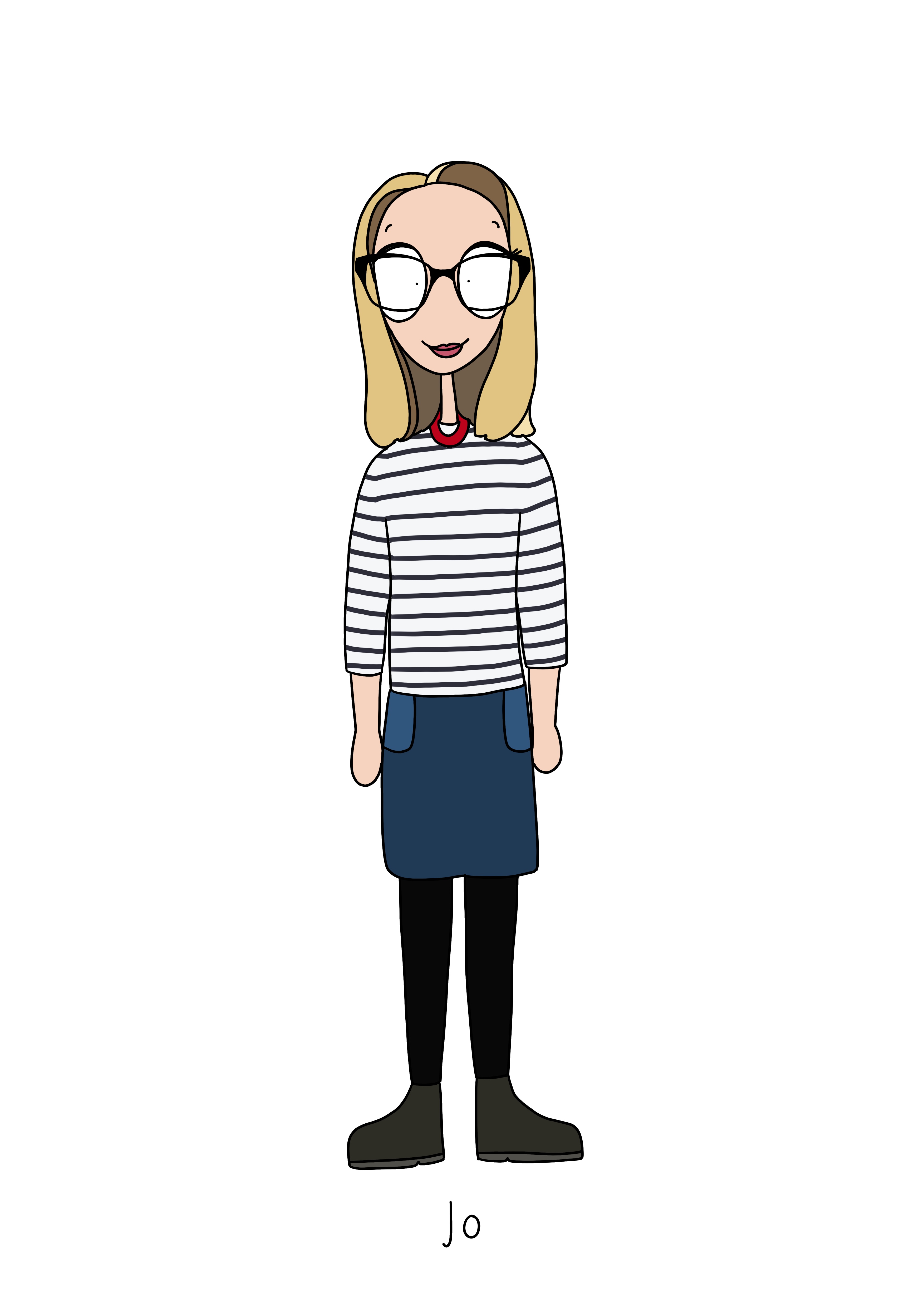We don’t mean to make anyone feel their age, but LinkedIn will be 20 years old this year!
Since its launch in May 2003, the professional social media platform has grown exponentially and now boasts more than 900 million members in more than 200 countries and territories worldwide. With around 32 million users in the UK – almost trebling in size over the last decade – LinkedIn is more popular than ever.
LinkedIn started out as a professional networking site for people looking for their next role or job opportunity. Your personal profile was your digital CV, searchable by recruiters and head-hunters, and the only whizzy thing you could do was ask colleagues to add references to boost your credibility.
LinkedIn has come a long way since then. Essentially it remains a place to make professional connections and seek out business opportunities. But these days LinkedIn is much more human and social and, as such, has an essential role to play in marketing and communications strategy.
Why do I need to be on LinkedIn?
- LinkedIn is where business decision makers hang out. Whether you represent a small business, a charity or a global organisation, there are people on LinkedIn looking to make connections and do business with people like you.
- For charities and non-profit organisations, LinkedIn is the place to connect with companies eager to create corporate partnerships and fulfil their CSR commitments.
- Actively posting and engaging with content will drive traffic to your website. That’s totally free, organic traffic, not paid advertising.
Differences between company pages and personal profiles
Over 58m companies have a presence on LinkedIn.
You can use company pages to:
- showcase what you do and how you do it
- build trust and credibility in your brand
- promote job vacancies and appointments
- share news and updates about what’s happening your organisation.
Company pages are generally managed by an organisation as part of their communications strategy. Personal profiles represent an individual’s views, though employees also have an important role to play in engaging with company content.
Personal posts – to share or not to share?
While the lines between Facebook and LinkedIn are becoming more blurred, the jury’s still out on sharing personal and social content on LinkedIn. Some users like it, others prefer LinkedIn to remain a professional platform. The way we see it is this…
We’re all human. We all have a work life and a home life. Sometimes events happen in one life that affects the other, and vice versa. Where there’s a link between the two, sometimes it’s appropriate to share your experience so others can learn from it.
LinkedIn best practice
Complete your profile
Your profile is not only searchable via LinkedIn, people can also find individuals and organisations through search engines (provided you haven’t switched this off in your privacy settings). So using the keywords you want to be found for within your profile is vital. Your headline, summary, profile photo and a well-designed banner are four important elements to get right.
Be consistent in your activity
There’s no hard and fast rule about how often you should post, but if LinkedIn is an important part of your communications strategy you need to show up on a regular basis. How often is up to you.
Whether that’s every day or three times a week, be consistent and:
- engage with other people’s posts (that means commenting, not just liking!)
- create and share your own original content
- be helpful and relevant in group conversations.
Did you know? LinkedIn recently added the ability to schedule posts, making it much easier to plan and post consistently.
Share a variety of content
Linkedin allows you to share video, slides, images, newsletters and plain, old fashioned, text! Variety in your content will maintain interest and engagement. Posts with images generally get more engagement.
If you’re a non-profit organisation, this article is packed full of ideas and inspiration on what to share.
Use hashtags
Add hashtags to your posts to help people find your content. 3-5 is the current recommended number. Make sure your team use the relevant hashtag when posting about a campaign, project or event.
Groups still have their value
After a rough ride, LinkedIn groups are back in vogue! If you’re looking to connect with like-minded people and organisations, there is definite value in joining a relevant LinkedIn group. The key to success is choosing the right groups to join and being consistent in your activity (see above!)
Newsletter function
In 2022, LinkedIn rolled out the ability for individuals and companies (with 150+ connections or followers) to create and publish their own newsletter. They’re a brilliant way to build relationships, grow your audience and keep people up to date with what’s happening in your world.
Pack it with interesting, relevant content and a newsletter could become a valuable part of your comms strategy.
There’s so much more we could share about the benefits of LinkedIn, but we have to stop somewhere. To learn more about how to integrate LinkedIn into your communications, chat to one of our team.
Now read M is for Marketing >


